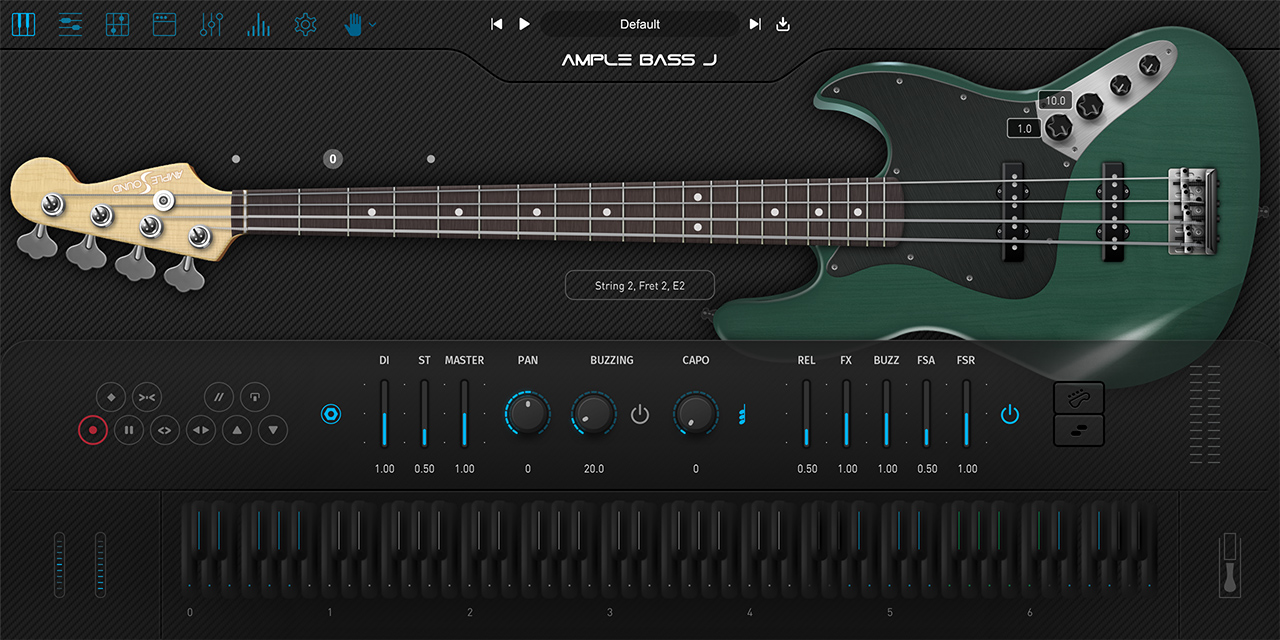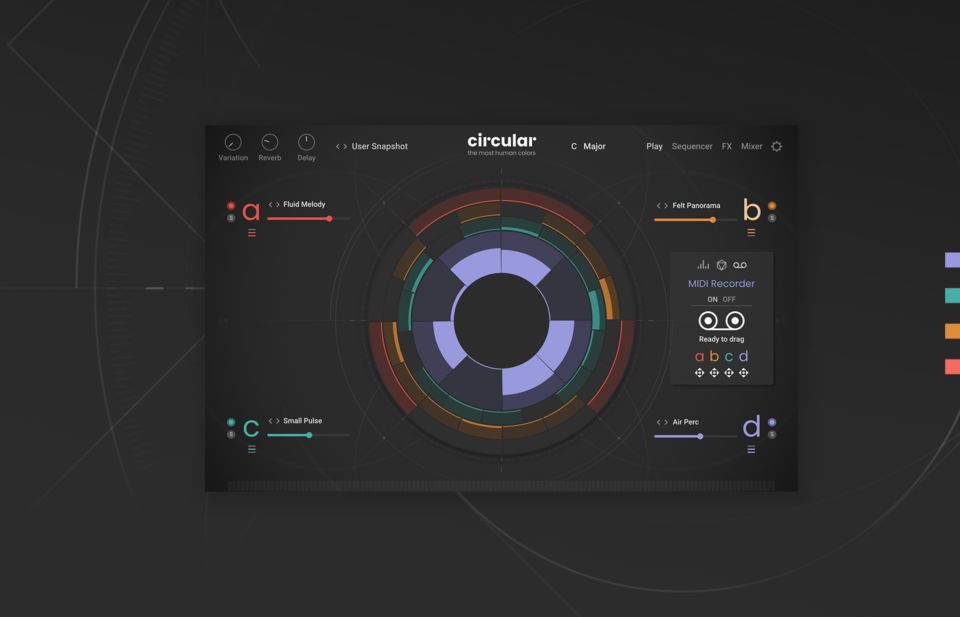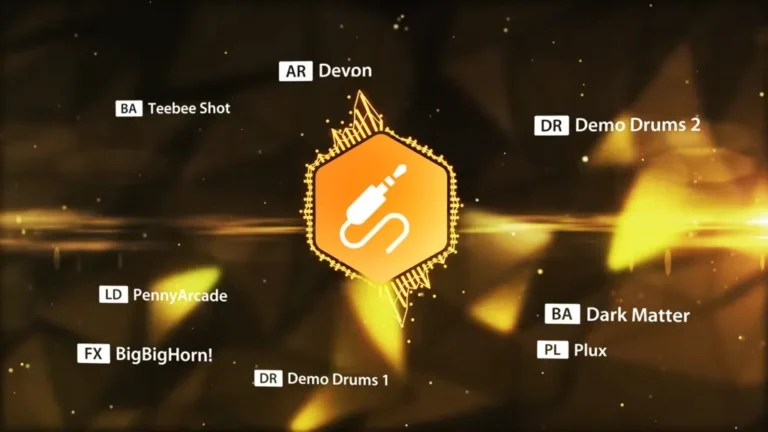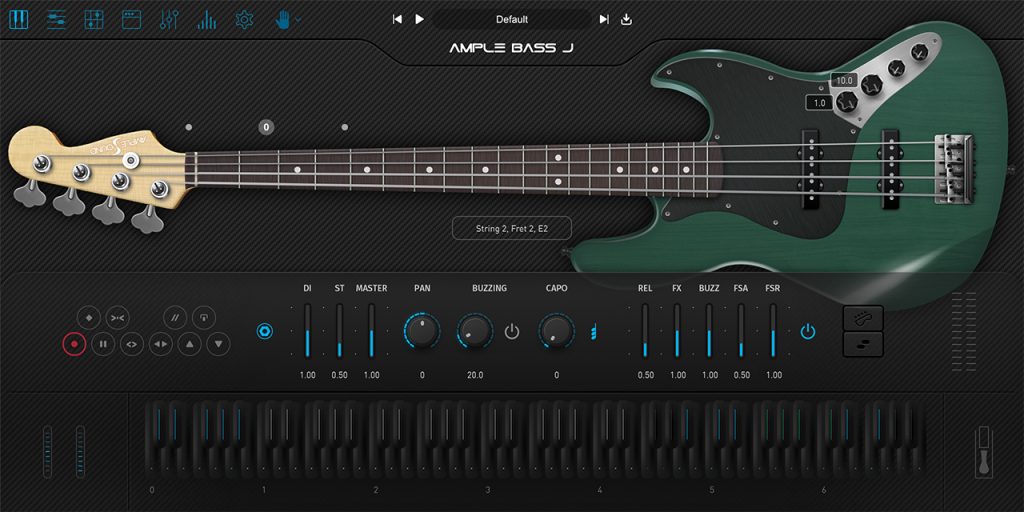Discover the incredible sounds of Native Instruments with Battery 1-2-3 Part 1. This powerful VST instrument is designed for music producers looking to elevate their tracks. Offering a vast range of samples and creative choices, Battery is the ultimate tool for anyone wanting to enhance their productions. With its intuitive interface, you can effortlessly manipulate sounds and create your own unique rhythms. Dive into an extensive library of high-quality samples that cater to various musical styles, ensuring you’ll find just the right sound for your projects.
Whether you’re a beginner or an experienced producer, Battery offers unmatched versatility for composing and performance. Access to this dynamic instrument can transform your workflow and inspire your musical creativity. For the latest updates and features, visit the official Native Instruments website. Don’t miss out on the chance to expand your sonic palette with this essential music production tool.
Unlock Your Creativity with Native Instruments Battery: A Comprehensive Overview
In the world of music production, having the right tools can make all the difference. One such essential tool is Native Instruments Battery, a powerful drum sampler that allows artists and producers to create, manipulate, and customize percussion sounds effortlessly. In this article, we’ll delve into the unique features of Native Instruments Battery versions 1, 2, and 3, offering insights into how these tools can elevate your music production game. Additionally, we’ll guide you to a secure source for downloading these invaluable plugins.
Understanding Native Instruments Battery
Native Instruments Battery is renowned for its versatile sound library and user-friendly interface, making it a favorite among musicians and audio professionals alike. Whether you’re working on hip-hop, electronic, or even film scoring, Battery provides a wide range of options for creating dynamic drum tracks.
Key Features
-
Extensive Library: Battery comes with a diverse selection of drum sounds, from acoustic kits to electronic beats. The comprehensive library allows you to mix and match sounds to create unique rhythms.
-
Advanced Editing Tools: The intuitive interface provides powerful editing tools such as layering, pitch shifting, and effects processing. These tools enable you to mold your drum sounds to fit your production style.
-
MIDI Mapping: Battery supports MIDI mapping, allowing you to assign different sounds to your MIDI controller easily. This feature enhances live performances and recording efficiency.
-
Articulations and Round Robin: The ability to incorporate multiple velocities and round-robin samples ensures your drum tracks sound as realistic as possible, breathing life into your productions.
-
Integrated Effects: Built-in effects like reverb, delay, and modulation allow you to apply processing directly within the Battery plugin, simplifying your workflow.
A Closer Look at Each Version
While the underlying functionalities of Battery remain consistent, each version offers enhancements and new features that cater to evolving production needs.
Battery 1
Released in the early 2000s, Battery 1 set the foundation for future developments in drum sampling. Its straightforward design won the hearts of many and laid the groundwork for sophisticated sampling techniques.
- User Interface: Battery 1 featured a simple, grid-based interface that made it easy for producers to load and trigger samples.
- Basic Editing Capabilities: Limited editing tools, yet sufficient for the era, allowed users to adjust parameters like volume and pitch.
Battery 2
With the introduction of Battery 2, Native Instruments enhanced the user experience significantly. The interface was updated, and numerous features were added.
- Redesigned Interface: The new layout was more intuitive, with enhanced visuals that made sample selection easier.
- Increased Sample Library: Battery 2 boasted an even larger library, providing a wider variety of sounds and styles.
- Advanced Effects Processing: More built-in effects and modulation options allowed for greater sound design possibilities.
Battery 3
Battery 3 took things to the next level with a complete overhaul of its architecture, making it a powerhouse for modern music production.
- Expanded Sample Management: The new library system allowed users to organize and retrieve sounds more effectively.
- Enhanced Editing Features: Advanced editing capabilities, including slice mode and sample stretching, made it a complete solution for drum sampling.
- Macro Control: Introduced macro controls that let users manipulate multiple parameters with a single knob, greatly enhancing workflow efficiency.
How to Get Started with Native Instruments Battery
To fully harness the potential of Native Instruments Battery, follow these steps to integrate it into your music production setup.
1. Download the Software
To start using Native Instruments Battery, you can download it securely from Free VST Plugins. It’s essential to ensure you’re downloading from a reliable source to avoid malware and other security issues. You can find the specific torrent link for Battery here.
2. Installation Process
Once you’ve downloaded the software, follow these installation steps:
- Locate the downloaded file and extract it, if necessary.
- Run the installer and follow the on-screen instructions. Ensure you choose the correct VST/AU format depending on your DAW.
- After installation, open your DAW and locate Battery in its plugin library.
3. Set Up in Your DAW
After installation, integrate Battery into your Digital Audio Workstation (DAW):
- Create a new MIDI track in your DAW.
- Insert Battery as a plugin on that track.
- You can now start loading samples and creating drum patterns.
Optimizing Battery for Your Workflow
Here are some tips to optimize your experience with Native Instruments Battery:
Create Custom Kits
Spend time crafting your drum kits. You can layer different samples, adjust velocities, and apply effects to create a signature sound. This personalized approach can significantly improve your workflow.
Utilize MIDI Controllers
Using a MIDI controller can enhance your ability to play and arrange beats. With MIDI mapping, you’ll have hands-on control over your sounds, giving you the freedom to experiment with rhythms and dynamics.
Organize Your Library
With the vast library of sounds available in Battery, organization becomes essential. Create folders for different genres or types of sounds to locate your favorite samples more efficiently.
Explore Built-in Effects
Don’t shy away from using Battery’s built-in effects. Experiment with reverb, delay, and compression to find the perfect sound for your tracks.
Common Challenges and Troubleshooting
While Native Instruments Battery is a robust tool, you may encounter some challenges along the way:
Compatibility Issues
Ensure that your DAW is compatible with the version of Battery you’re using. Check for updates to both your DAW and the plugin to minimize compatibility issues.
Audio Latency
If you’re experiencing latency while playing your drums, adjust your audio buffer settings in your DAW. Lowering the buffer size can reduce latency but may increase CPU load.
Sample Loading Problems
If samples are not loading properly, confirm that the paths to your sample libraries are correctly set in Battery’s settings. You may also need to refresh the sample library.
Conclusion
Native Instruments Battery is an essential tool for any music producer looking to enhance their drum sound capabilities. With its intuitive interface, extensive library, and powerful editing features, it opens up a world of sonic possibilities. If you’re ready to take your music production to the next level, consider downloading Battery from Free VST Plugins to get started today. Remember, creativity knows no bounds when you have the right tools at your fingertips!
By incorporating Native Instruments Battery into your workflow, you’ll unlock new creative avenues, making your music stand out in today’s competitive landscape. Whether you’re a beginner or a seasoned pro, Battery is a valuable addition to your arsenal. Happy producing!









